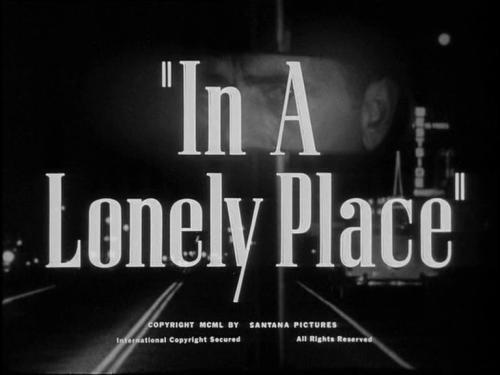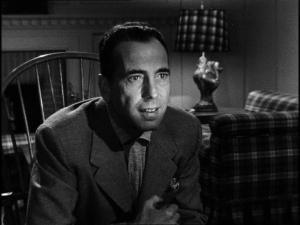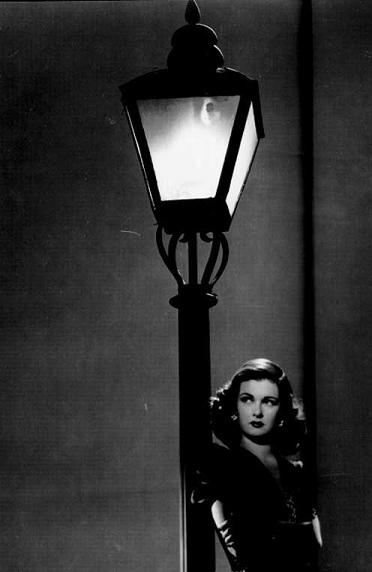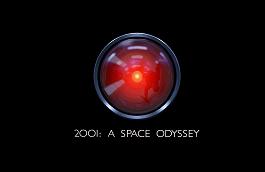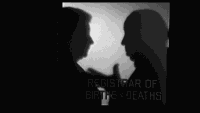Apologies to anyone who isn’t a fan of Humphrey Bogart – this blog is rapidly turning into some kind of Bogie homage. I did nothing to avoid this by watching yet another Bogart film last night – John Cromwell‘s rather disappointing “Dead Reckoning“.
I really cant work out what went wrong here. On the surface John Cromwell might as well be making a Sam Spade film, and seems to have all the right ingredients. Bogart’s character has been lifted with minimal change from The Maltese Falcon, and has some brilliantly dark and cutting lines. Unfortunately Bogart -along with his well-written dialogue and delivery – is the only positive point.
After a strong and intriguing start, the film’s plot begins to meander and flatten, and at times becomes downright convoluted and confusing with too many red herrings and false leads. There are a few great scenes – Bogart coolly avoiding a murder set-up, and demonstrating some awesome skill at dice – but they are strung together so flatly, in such a contrived, derivative plot that it is easy to lose interest.
Lizabeth Scott appears in a role that was obviously designed with an actress such as Lauren Bacall or Rita Hayworth in mind, and proceeds to put in one of the most wooden and cringe-worthy performances I have seen in a film-noir, highlighted by one of the most awkwardly mistimed lip-synch songs that I have ever seen. I believe this is the first performance of Scott’s that I have experienced, so I may be doing her a disservice, however there is nothing here that makes me want to check out any of her other roles.
I have been very fortunate with film choices recently, and have had a good run of some great films, but Dead Reckoning was an average, nay below average, experience for me. It’s testament to Bogie’s skill that he was able to remain thoroughly convincing and entertaining amidst a sea of (admittedly stylish) mediocrity. If it wasn’t for his faultless performance it is likely I wouldn’t have finished watching. For die-hard Bogart fans only.
Even the trailer is corny…





